Unmanned Underwater Vehicle (UUV)
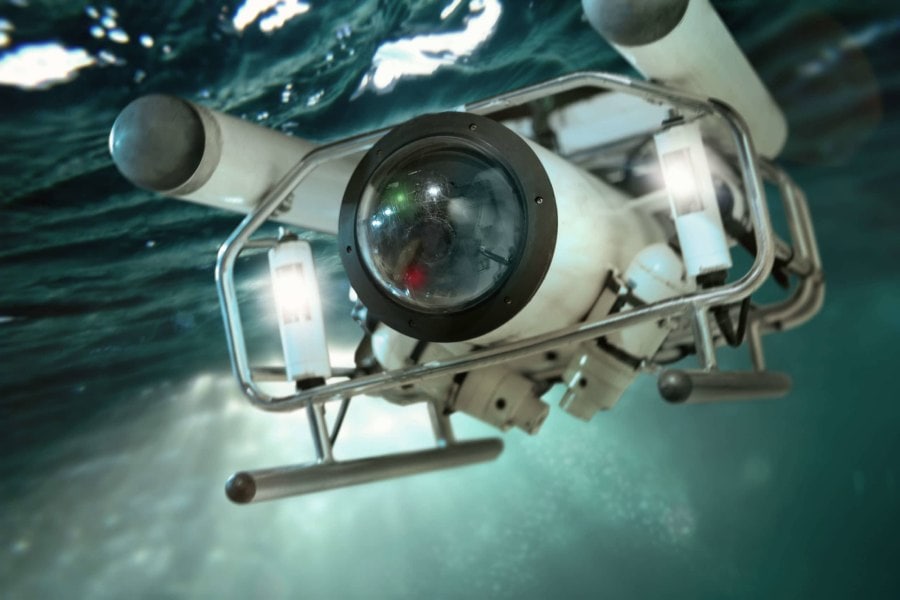
Advancements in technology have enabled scientists to create detailed maps of planets light years away, surpassing the resolution of most of Earth's seafloor. Constrained by the limitations of low-bandwidth underwater communication, conventional sonar has been the preferred method for transmitting data underwater.
The ability to revolutionize underwater networking using fleets of Unmanned Underwater Vehicles (UUVs) by employing optical communication, offers a cost-effective solution with remarkable bandwidth capabilities. Leveraging high-frequency laser modulation and sophisticated control techniques, achieves data transmission across vast expanses of open ocean at speeds far superior to traditional approaches.
Evolving Deep-Sea Exploration:
Underwater optical communication supplants conventional sonar, ushering in a new era of high-capacity data transmission underwater. This paradigm shift significantly enhances the speed and quality of information exchange, opening doors to previously inconceivable technologies like real-time underwater video streaming. This breakthrough not only pushes the boundaries of deep-sea research but also unveils novel perspectives on marine ecology.
Underwater Optical Communication in Action:
The essence lies in transmitting optical signals through laser technology, meticulously controlled by a Micro-Electro-Mechanical Systems (MEMs) driver. Upon reception, the signals are directed through a beam splitter to reach both the Position Sensitive Device (PSD) and the photodiode. This dynamic tracking mechanism ensures robust feedback control and seamless data communication. All these intricate optical communication components seamlessly integrate into an Autonomous Underwater Vehicle (AUV), ingeniously designed for compactness and efficiency.

 CUSTOM OPTICAL FILTERS
CUSTOM OPTICAL FILTERS
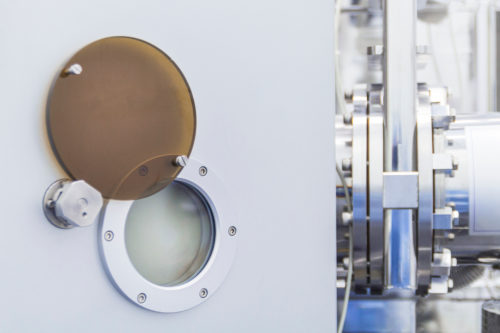 OPTICAL WINDOWS
OPTICAL WINDOWS
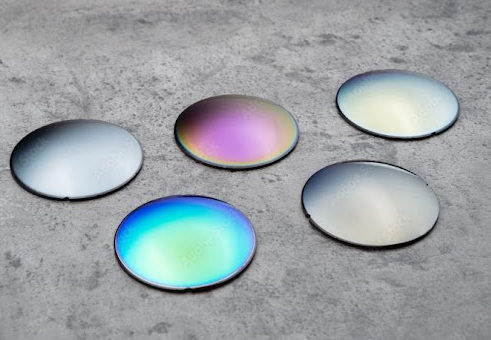 OPTICAL COATINGS
OPTICAL COATINGS
 UV OPTICS
UV OPTICS
 CYLINDRICAL OPTICS
CYLINDRICAL OPTICS
 CUSTOM TEMPERED OPTICS
CUSTOM TEMPERED OPTICS
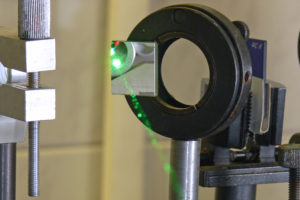 OPTICAL MIRRORS
OPTICAL MIRRORS
 NEUTRAL DENSITY
NEUTRAL DENSITY
 PRISMS & RETROREFLECTORS
PRISMS & RETROREFLECTORS
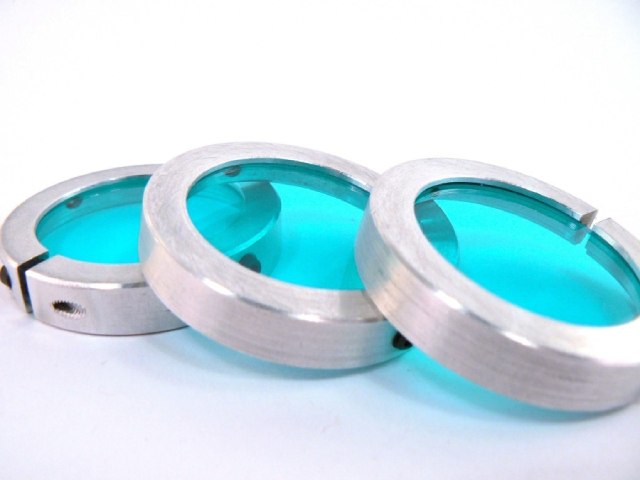 ASSEMBLIES
ASSEMBLIES
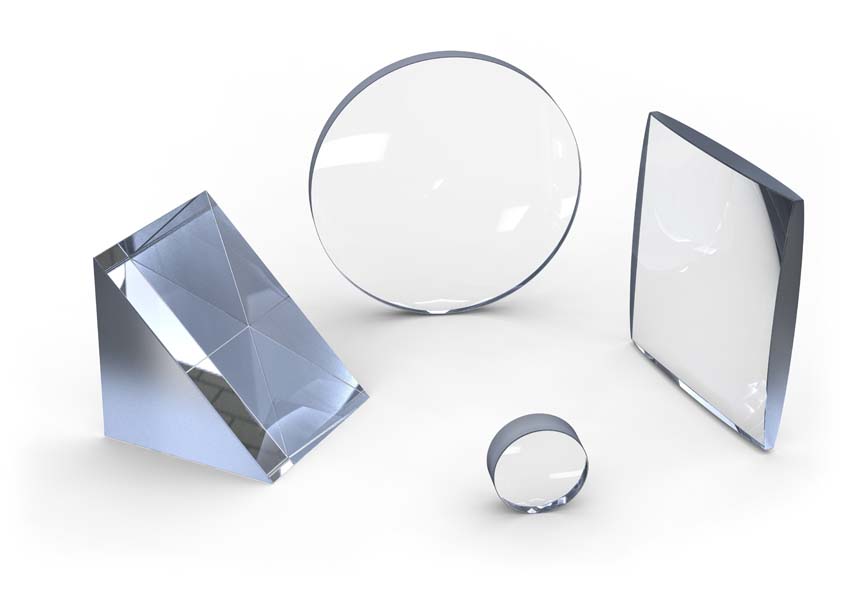 OPTICAL LENSES
OPTICAL LENSES
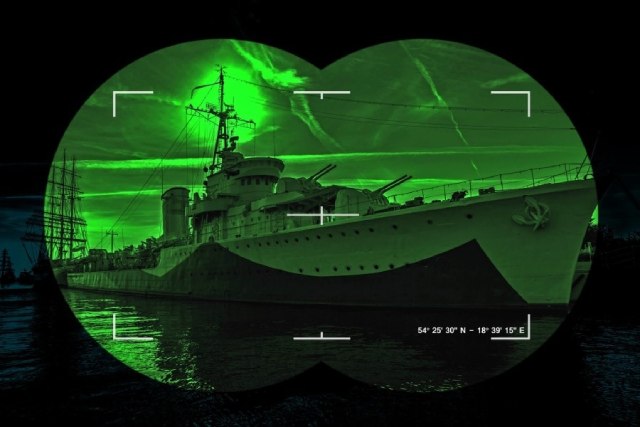 NIGHT VISION FILTERS
NIGHT VISION FILTERS
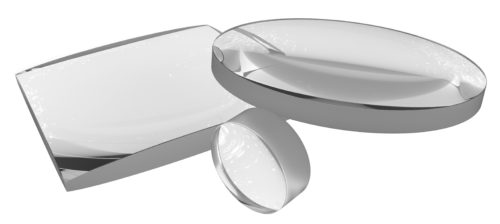 ACHROMATIC LENSES
ACHROMATIC LENSES
 OPTICAL BEAM SPLITTERS
OPTICAL BEAM SPLITTERS